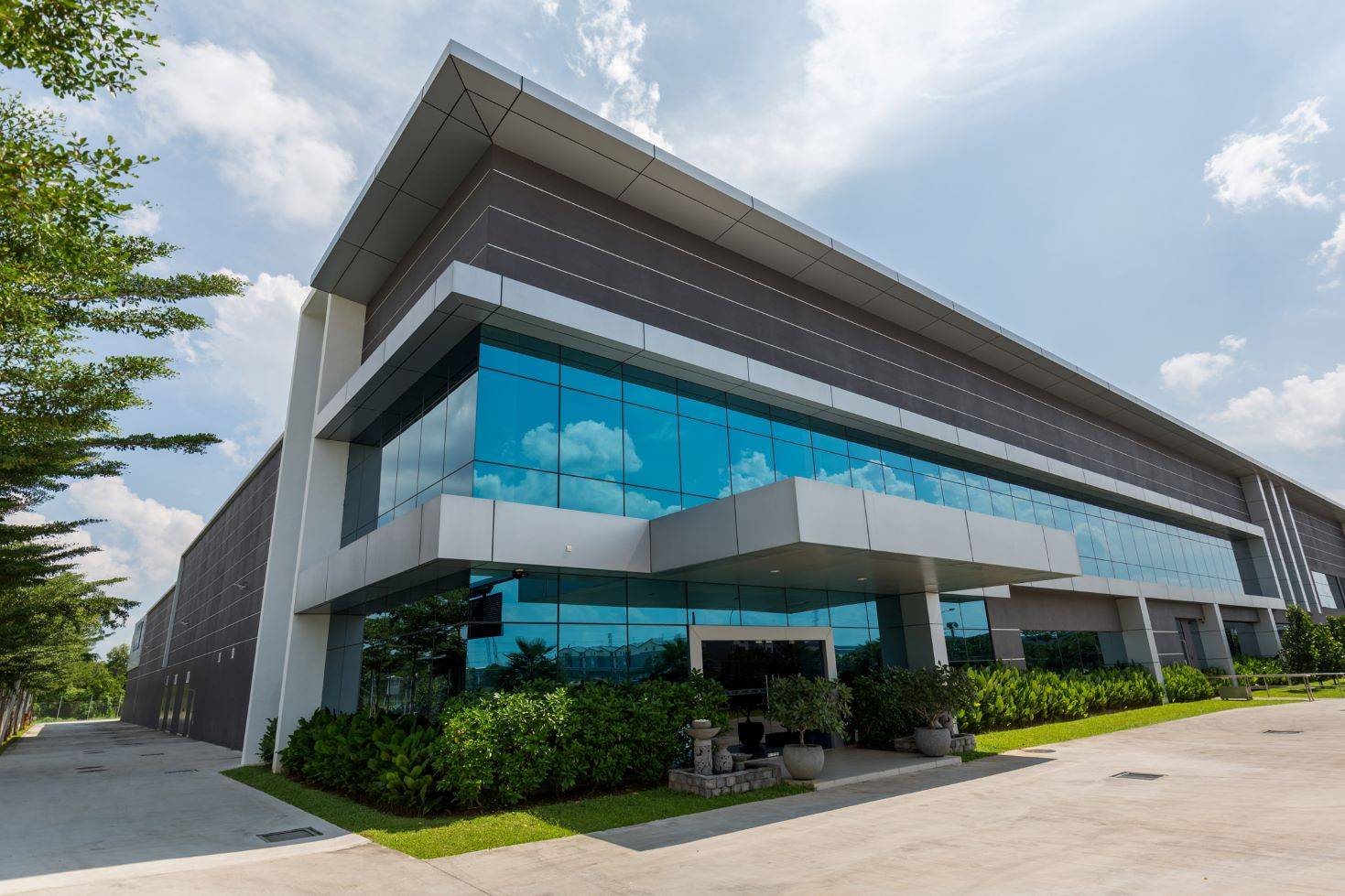KUALA LUMPUR – October, 2023 – Red Hat, Inc., wants to deliver modern industrial controls for manufacturing and has announced a new industrial edge platform, designed in collaboration with Intel. This platform will provide a modern approach to building and operating industrial controls. By transforming the way manufacturers operate, scale and innovate with standard IT technologies delivered to the plant floor and real-time data insights, the platform will enable:
* industrial control system (ICS) vendors, system integrators (SIs), and manufacturers to automate previously manual industrial automation tasks including:
Software-Defined Factories deliver Modern Industrial Controls Seamlessly
Smart factories, or software-defined factories, are playing a crucial role in amplifying the speed at which manufacturers can innovate. According to a report by McKinsey, “Smart manufacturing has the potential to create up to $3.7 trillion in value by 2025, driving growth, innovation, and competitiveness across sectors.”
By breaking down the barriers between IT and OT, manufacturers can embrace collaboration with new functionality and proactively strengthen and speed up operations, with the flexibility and intelligence to scale based on demand.
The industrial edge platform is intended to provide a holistic solution that spans from real-time shop floor control and artificial intelligence/machine learning (AI/ML) to full IT manageability.
To continuously support this effort, Red Hat and Intel are working to integrate Intel-based platforms and Intel Edge Controls for Industrial (Intel ECI) with current and future versions of Red Hat Enterprise Linux, starting with collaboration in upstream Linux communities like the Fedora Project and CentOS Stream. This also includes early access to Red Hat platforms like Ansible and OpenShift.
“By breaking down the barriers between IT and OT, manufacturers can embrace collaboration with new functionality and proactively strengthen and speed up operations, with the flexibility and intelligence to scale based on demand.”
With this collaboration organizations can benefit from:
- Fully integrated real-time capabilities from silicon to software, to support industrial automation for predictable performance;
- Advanced management and network automation for system deployment and management without heavy handed resource usage, simplifying the industrial network creation and management using open standards-based tools;
- Scalability and flexibility through a software-defined platform approach that facilitates more portable, scalable control and maximizes adaptability;
- Uninterrupted operations supported by high-availability and redundancy attributes built-in with the platform;
- Simplified AI workload integration with the ability to take an AI workload and run it next to a control workload, helping simplify hardware complexity, and enabling AI to more easily improve product quality, system uptime, maintenance needs and more;
- Enhanced cybersecurity posture by removing human error elements with automated patching and updates, an immutable operating system plane and a platform built on hardened, production-tested components.
To underpin this platform, Red Hat – in collaboration with Intel – will deliver a real-time kernel that provides lower latency and reduced jitter, helping applications run repeatedly with greater reliability.
This new industrial edge platform will be built on open standards and community-driven innovation, driven by thousands of developers globally, helping to drive more simplified integration with other hardware and software components. Additionally, core code transparency and a clear roadmap and release cycle help take the guesswork out of when new releases are available and their accompanying features.
(This article was adapted from a press release).








